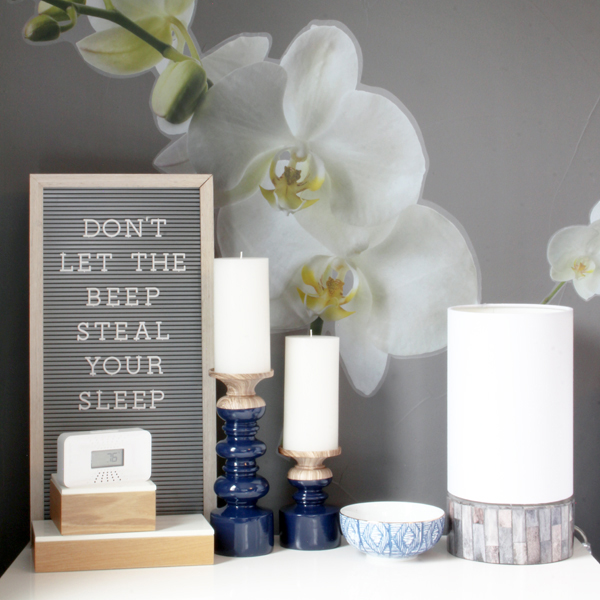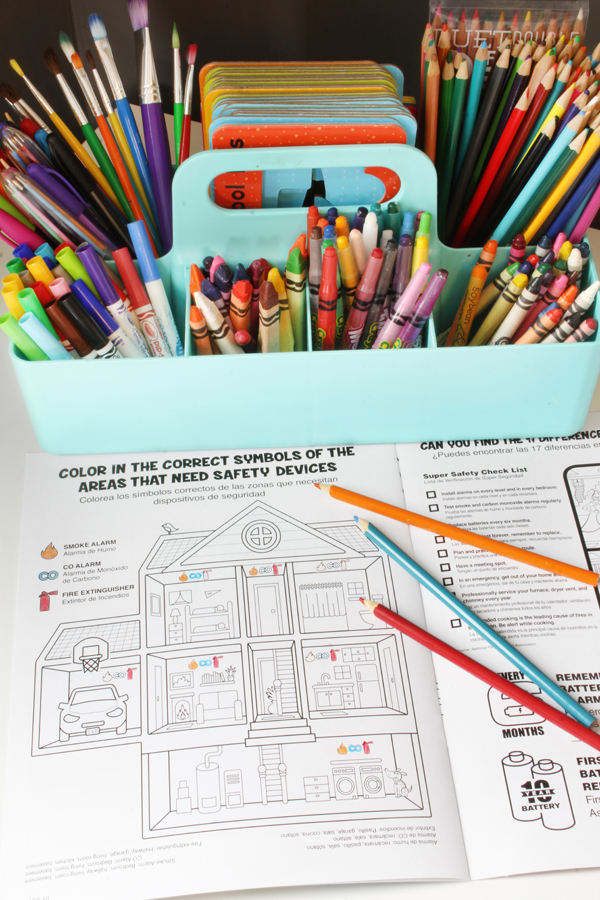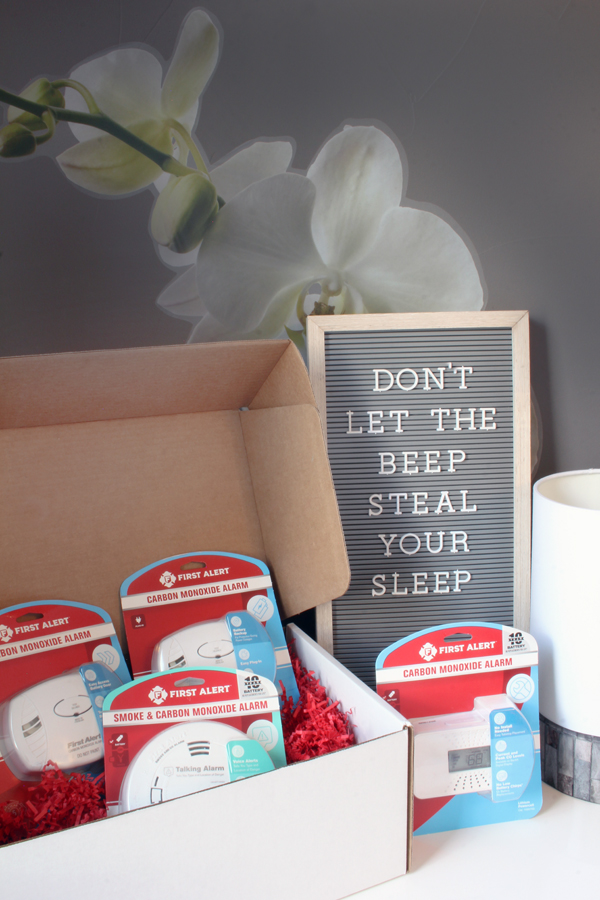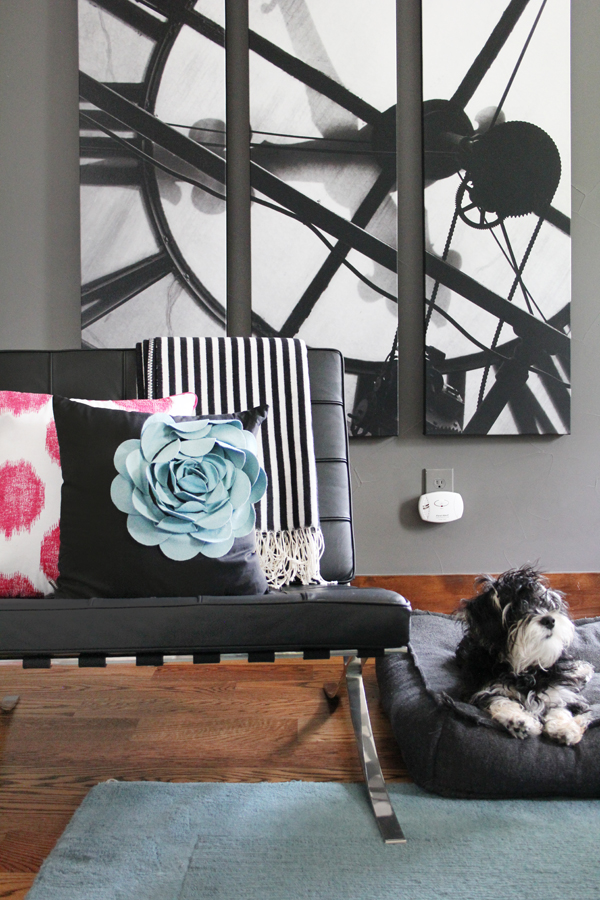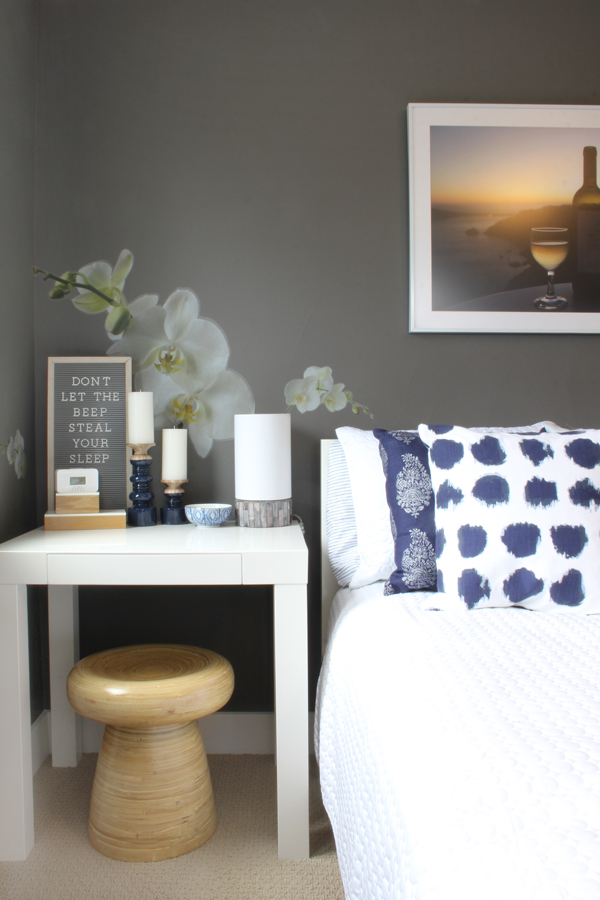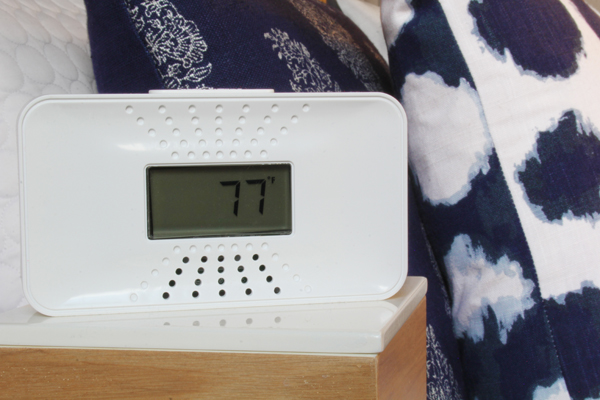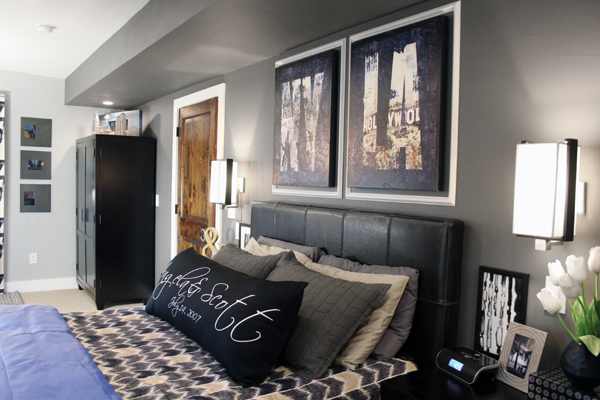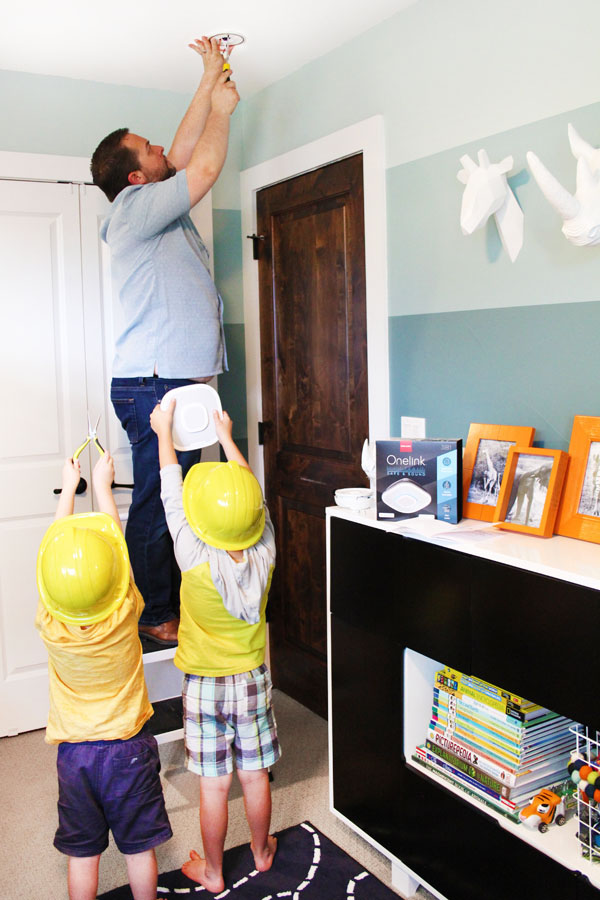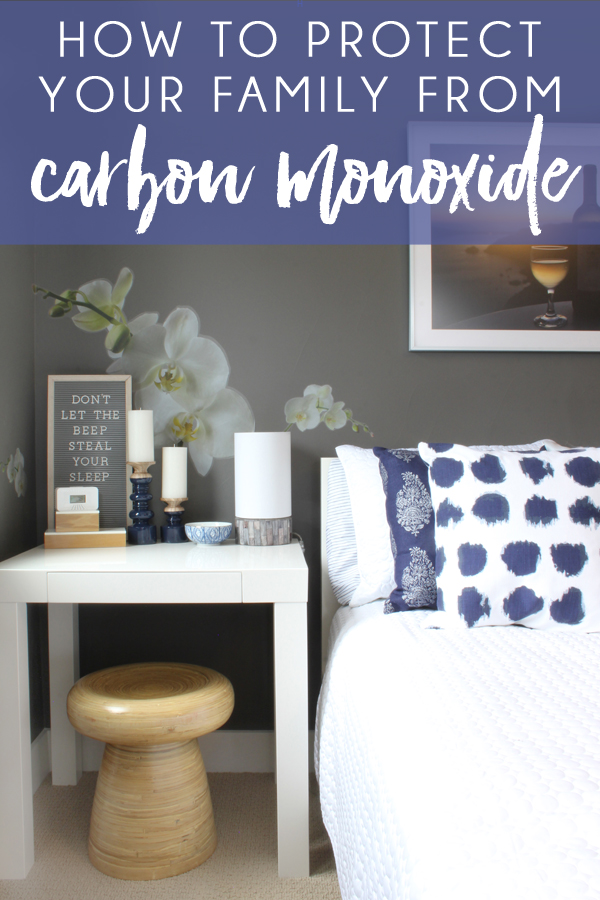WHAT IS CARBON MONOXIDE?
WHAT CAUSES CARBON MONOXIDE IN HOMES?
WHERE SHOULD CARBON MONOXIDE DETECTORS BE INSTALLED?
HOW TO INSTALL A CARBON MONOXIDE DETECTOR
Carbon Monoxide Alarm with 10-Year Battery and Digital Temperature Display
For our guest room, I chose the tabletop carbon monoxide detector with a stylish design that can sit right on a nightstand or dresser.
Combination Photoelectric Smoke and Carbon Monoxide Alarm with 10-Year Battery and Voice and Location
In our master bedroom, we replaced our original smoke detector with an easy to install, slim design combination smoke and carbon monoxide alarm. This programmable talking alarm speaks to indicate the type and location of the detected threat. It has a photoelectric sensor that detects smoke while minimizing false alarms and an electrochemical sensor alerts you to carbon monoxide danger from multiple sources. The built-in 10-year battery provides continuous power for the entire life of the detector.
WHEN SHOULD CARBON MONOXIDE DETECTORS BE REPLACED?
The useful life of many carbon monoxide detectors is only seven years, so it’s important that you know when it’s time to replace them in order to keep your family safe. Carbon monoxide alarms have an end of life warning beep to let you know that it’s time to replace the devise.
Many states adopted new building codes that took effect in 2011 requiring CO alarms. This means that one-and-two-family homes built around this time have carbon monoxide alarms whose useful life of seven years is expiring, or will expire, soon. The states affected are California, Idaho, Kentucky, Louisiana, Nebraska, New Mexico, North Dakota, Oklahoma, Oregon, Virginia, Washington, and Wisconsin. Be sure to check the legislation in your state.
WHAT TO DO IF YOUR CARBON MONOXIDE ALARM SOUNDS
LEARN MORE ABOUT CARBON MONOXIDE SAFETY
I’m embarrassed to admit how remiss we’d been about carbon monoxide safety in the past! Installing CO detectors all throughout our home was quick and easy, and something we should have done a long time ago. I encourage you to watch this informative safety video from First Alert, check the expiration date on your CO detectors, and add CO alarms in the appropriate locations if your home is not already fully protected.
I was selected for this opportunity as a member of CLEVER and the content and opinions expressed here are all my own.
